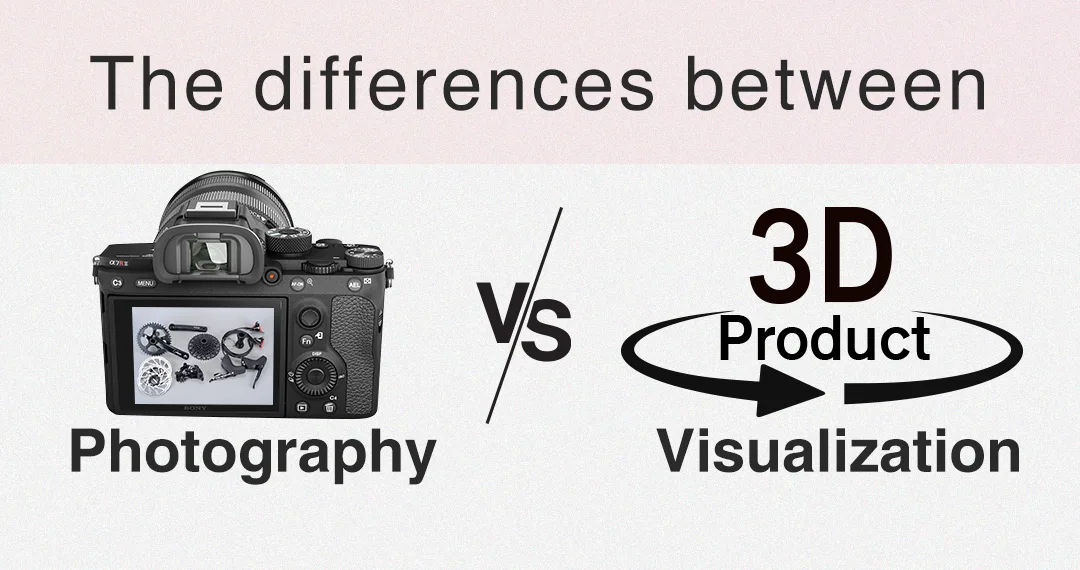While traditional product photography has worked for many companies in the past, 3D product visualization is quickly becoming the go-to choice for modern marketing teams. The reason? Companies of all sizes are finding that it pays to use 3D now more than ever. In fact, when it comes to ROI, you can expect a 10x return on your investment with 3D compared to traditional product photography.
What is 3D Visualization?
3D visualization is a 3D model of the actual product. It can be used in almost any medium and is used most frequently in television and film, as well as in games, art, and design.
The process involves taking photographs of your products from different angles, then using photogrammetry software to create a 3D model based on those images. The final product will consist not only of an accurate representation of the item being modeled (i.e., the box or packaging) but also all its details such as colors and textures that are specific to your brand; this makes for a much more effective marketing than simple photos alone can offer!

What is Tradition Product Photography?
Traditional Product Photography is a type of product photography that is done using natural light only. It is a very modern look with high contrast, bold shadows, and highlights.
Tradition photography is a relatively inexpensive way to promote your products. Your products will have more impact when they are placed in the context of their environment. Our Tradition Product Photographer will photograph your products using traditional techniques and styles to get them in front of as many eyes as possible.
Why do You choose the 3D Visualization service?
3D visualization is a form of computer graphics that creates a 3D image of a product. It is a powerful tool used to create a virtual model of a product. It is a useful tool for product designers, engineers, and marketing professionals.
Real-time technology
Real-time technology is a technique of rendering 3D models in real-time. It’s used in gaming and animation, virtual reality (VR), and augmented reality (AR). Real-time rendering is the process where computer graphics are generated on the fly by a computer and displayed immediately, instead of being pre-rendered. The main reason for this is to keep the game or application interactive for the user so that he/she does not have to wait for each scene to load before being able to interact with it.
Flexibility
3D visualization is a fast and effective way to present your product. It is a powerful tool for product presentation, marketing, sales, development, and testing. 3D visualization allows you to see the way your customers would see it. If you need to demonstrate how your product works or show how it looks in different situations or environments, then this is the way for you!
Product Presentation
3D visualization is a better way to present your product to your customers. It will help you sell more products, and also help you create a brand image for your business.
3D Visualization vs. Traditional Product Photography
The traditional process of product photography involves the photographer taking pictures of products in a studio environment. This is the most common way for companies to show their products, and it can be done using any number of methods. The most popular option is to use a backdrop and lighting equipment similar to what you would find in a film studio, then snapshots with a camera mounted on a tripod or monopod.
On the other hand, the benefit of 3D visualization is its simplicity: there’s no need for special equipment beyond your camera, lens, tripod, or monopod—it’s simply point-and-shoot photography. However, because it requires so little effort on behalf of the photographer (or whoever else might be involved), the quality can vary greatly depending on how much attention was paid during setup and postprocessing. A good example would be photographing food items at home: taking photos by placing them onto white plates and shooting straight down at eye level will give very different results compared with photographing them against black backgrounds with upturned bowls containing half a stick each time!

